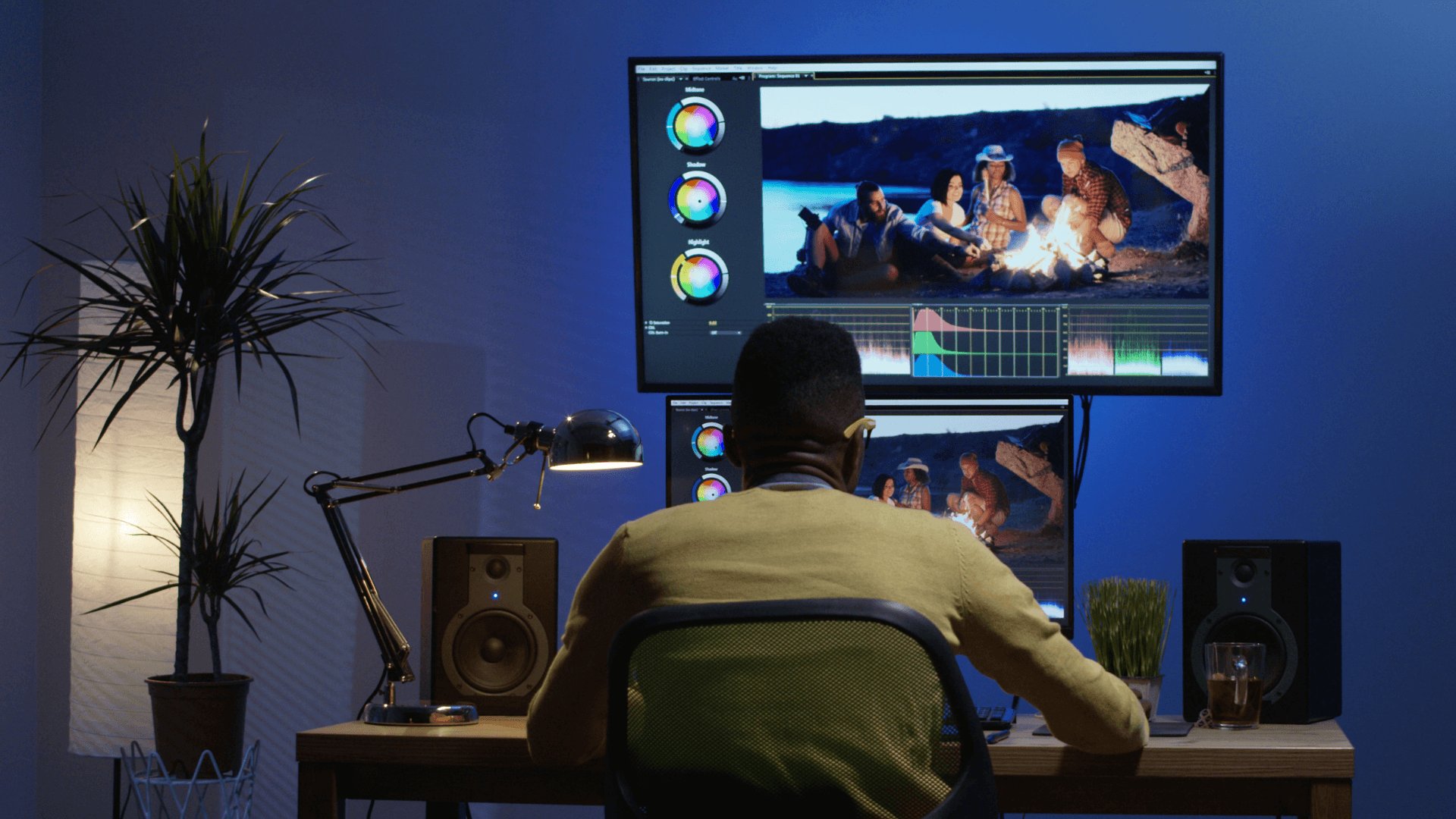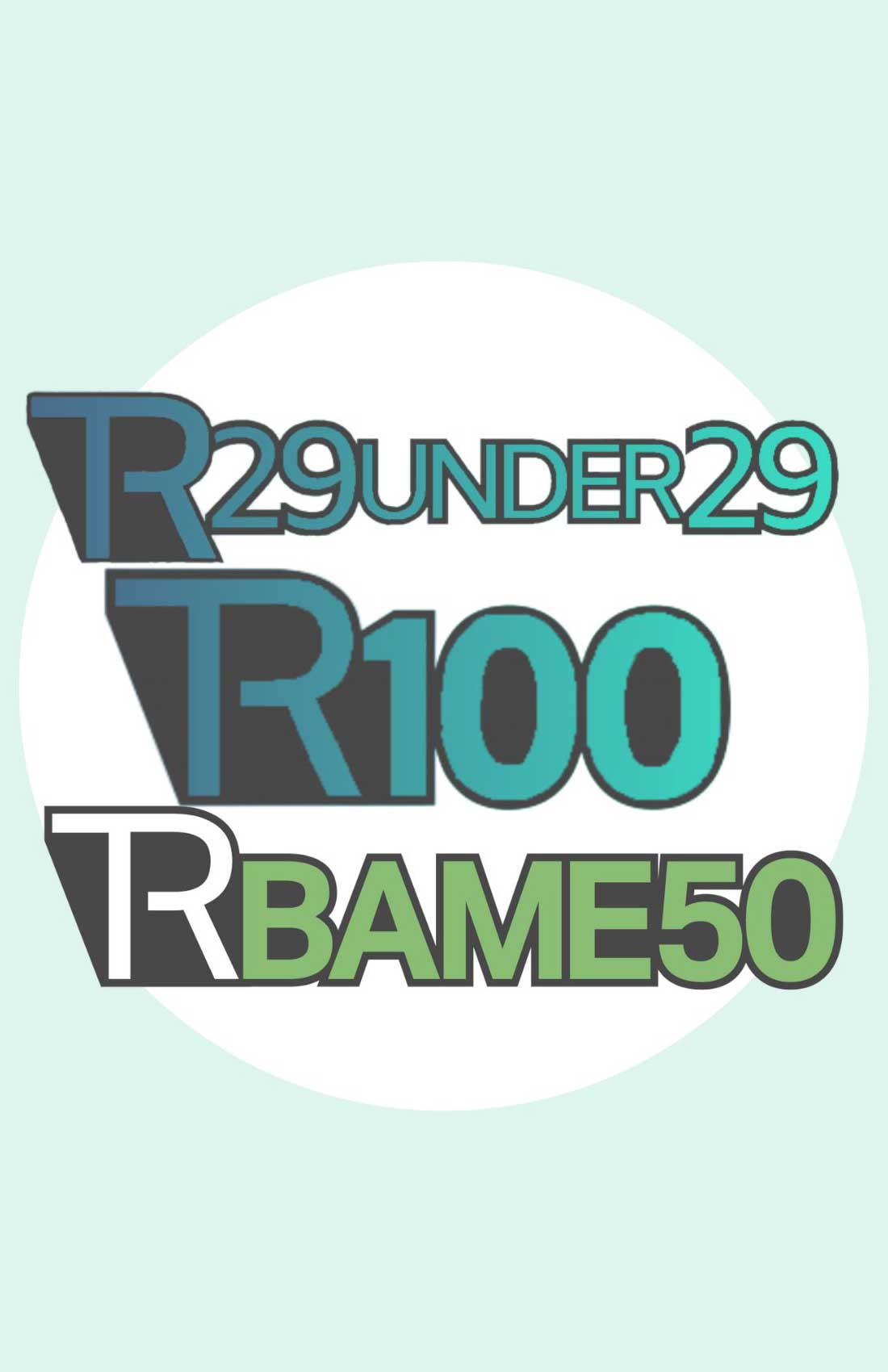—TechRound does not recommend or endorse any professional, software, financial, investment, trading or other advice, practices, companies or operators. All articles are purely informational—
Learning how to edit a video for the first time can feel a bit like stepping into a control room filled with unfamiliar buttons. But the basics are entirely manageable once you break them down.
Where to Start: Choosing the Right Video Editing Software
Before you can begin trimming clips or layering audio, you need to select your editing software. This decision plays a huge role in what kind of process and learning experience you’ll have.
Basic Free Editors
Who they’re for: Total beginners, casual creators, students, or anyone that just want to know how to learn video editing for something like a personal vlog or a school project.
Free editors are usually designed for mostly simple actions. The interface is clean and user-friendly, with drag-and-drop timelines, built-in templates, and a small set of core tools like trimming, cutting, transitions, and adding text or music.
The learning curve is minimal. You can often complete your first project within an hour or two.
Benefits:
- Easy to learn without needing a tutorial
- Lightweight, runs smoothly even on older computers
- No cost to get started
Limitations:
- Limited customisation options
- Few advanced features (e.g., colour grading, audio mixing)
- Often restricted in output formats or resolution options
Best for: Beginners who just want to start editing and complete a project without worrying about any extras.
Freemium or Mid-Tier Editors
Who they’re for: Ambitious beginners, content creators, vloggers, small business owners, and hobbyists looking to add a professional touch without going fully into the deep end.
Freemium editors give you a more advanced set of tools while still maintaining a relatively friendly interface. These tools frequently include multi-track timelines, video overlays, animated titles, and built-in effects or filters.
The idea here is to balance ease of use with creative flexibility. Some features may be locked behind a paywall, but the core editing tools are often enough for everyday video production.
- Good balance of functionality and usability
- Better export options (higher resolutions, more formats)
- Regularly include modern tools like motion tracking or AI-powered features
Limitations:
- May include watermarks in the free version
- Advanced tools can be slightly overwhelming without tutorials
- Full access often requires a one-time purchase or subscription
Best for: Users who want more creative control and plan to make content regularly, whether it’s for YouTube, marketing, or portfolio building.
Professional Editors
Who they’re for: Aspiring professionals, video editors with long-term goals, media students, freelancers, and creators working on more complex projects like short films, product demos, or branded videos.
Professional-grade editors offer an extensive range of capabilities: advanced colour correction, keyframe animation, audio mastering, multi-cam editing, 3D titles, and more.
The flexibility is massive, but so is the complexity. These tools are meant to handle any type of project, from fast-paced TikToks to cinematic storytelling.
Benefits:
- Total creative control over every element of your video
- Built for high-performance editing, including 4K+ resolution and complex timelines
- Preferred in industries like film, advertising, and broadcast
Limitations:
- Steep learning curve, requiring dedicated study or formal training
- Can demand high system specs (CPU, GPU, RAM)
- Time-consuming for basic projects, not that worth it
Best for: Editors who are serious about mastering the full art of editing and need features that grow with them as their projects become more demanding.
Understand the Basics: Timeline, Tracks and Cuts
The timeline is your canvas, all your editing takes place there: dragging clips, slicing them, shifting sound, adding visuals. Understanding how it works is non-negotiable if you want to learn how to edit a video.
A timeline is divided horizontally into tracks, much like a layered cake. The track structure may differ from program to program (test some software alternatives for better efficiency), mostly going like subtitles > video > audio.
- Video Track: This is where your core footage lives
- Audio Track: Holds voiceovers, music, or ambient sound
- Overlay Tracks: For things like logos, reaction shots, or on-screen text
The process of cutting and trimming involves removing unnecessary parts like dead air, filler words, irrelevant segments and rearranging what remains to create a tighter, clearer narrative. This might sound simple, but even basic editing can significantly change how engaging or boring your final product is.
One of the most important early lessons is timing. Cut too late, and your video drags. Cut too early, and viewers may feel confused or disoriented. A good rule of thumb: always trim more than you think you need, as brevity often makes content sharper.
Learn Techniques That Work in Any Style
Once you’ve mastered the timeline layout and basic cutting, the time has come to explore the foundational techniques that apply to almost any editing project. This is a massive part of how to learn video editing, regardless of whether you’re making a personal vlog or an educational tutorial.
Cut on Action
This technique creates smoother transitions between clips. Instead of cutting during stillness, you cut during motion—like when someone turns their head or gestures with their hands. This maintains a sense of continuity and helps the viewer stay immersed in the action.
B-Roll Coverage
B-roll is supporting footage you use to visually illustrate what’s being said or to bridge cuts between takes. For instance, if someone’s talking about making coffee, showing the actual brewing process in between close-ups can make the video more dynamic and visually appealing.
Without B-roll, you’re more likely to deal with awkward jump cuts and repetitive framing.
Sound Editing Essentials
A video with poor visuals is forgivable. One with poor audio? Not so much. Learn how to adjust volume levels, fade in and out, and mute background noise. If your voiceover is too quiet or the music drowns it out, viewers will lose interest fast (they won’t if it suits the format, though). Always use headphones when editing audio, as speakers can mask subtle issues.
Use Zoom with Restraint
Digital zoom or simulated camera movements can emphasise emotion or detail, but excessive use looks artificial and distracting. Think of zooming like seasoning in cooking; a little adds flavour, too much ruins the dish.
Each of these techniques forms the basics of effective editing. Once you’re familiar with them, you can begin shaping a unique editing style that matches your goals and audience.
Tips for Efficient Editing
Editing is equal parts technical and creative. But to get better, you need to develop a workflow that makes sense and speeds up your process:
- Label and organise your files. Use folders and clear naming systems to avoid chaos as projects grow
- Use keyboard shortcuts for frequent actions like cutting, deleting, pasting, or zooming
- Don’t mind using any video to MP4 converter online as this format is one of the best to save storage and share on socials easily
- Preview your entire video before exporting, watching only in clips can cause continuity errors or missed typos
- Save multiple versions as you go. Corrupted files happen. Protect your work
Over time, these habits will make your editing cleaner, faster, and more consistent. You’ll spend less time fixing errors and more time improving quality. Good editing doesn’t require fancy software or years of training. It starts with learning the basics, practicing consistently, and gradually developing your skills and visual voice.
—TechRound does not recommend or endorse any professional, software, financial, investment, trading or other advice, practices, companies or operators. All articles are purely informational—



